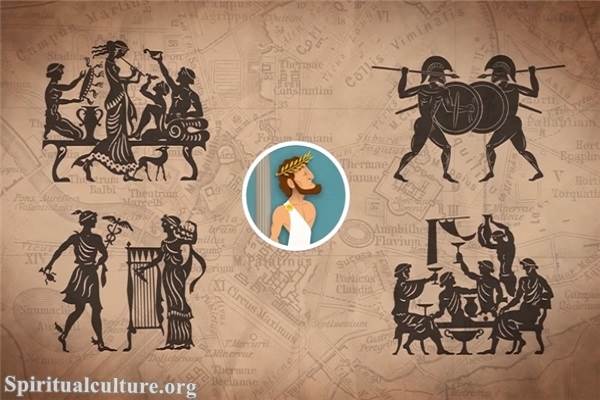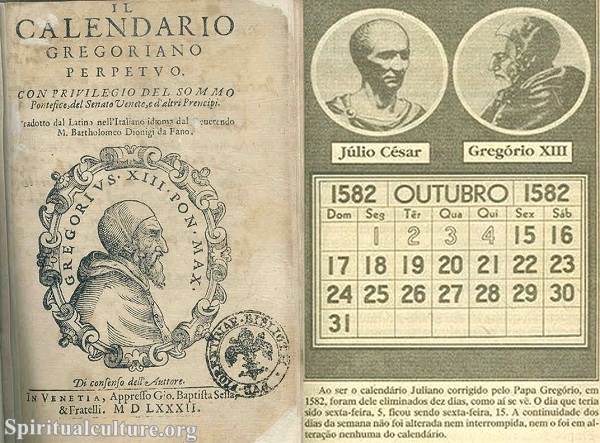The Gregorian calendar is the most widely used civil calendar in the world today, effectively shaping the way we perceive time. This article explores its origins, historical context, and significance in modern timekeeping.
In this article, Spiritual Culture will delve into various aspects of the Gregorian calendar, including its adoption, transition from the Julian calendar, implementation timelines, leap year adjustments, global acceptance, and its relevance in representing historical dates.
Historical Background
The Gregorian calendar was introduced to correct inaccuracies in the Julian calendar, which had been in use since the time of Julius Caesar in 46 BC. The Julian calendar comprised a cycle of 365 days, along with a leap year every four years. However, this system did not account for the actual solar year, which is approximately 365.2425 days long. As a result, the Julian calendar drifted progressively with respect to the seasons, leading to discrepancies in agricultural and religious celebrations.
Adoption of the Gregorian Calendar
The primary impetus for the adoption of the Gregorian calendar arose from the need to bring the date of Easter — a crucial observance in Christianity — back in line with the vernal equinox. Over centuries, the discrepancy in the Julian calendar meant that the date of Easter began to fall further away from the actual date of the equinox. This prompted Pope Gregory XIII to take action, leading to the calendar reform.
Transition from Julian to Gregorian Calendar
The transition from the Julian calendar to the Gregorian calendar was not immediate and faced considerable resistance, particularly from Protestant countries. Some embraced the reforms sooner than others, which, over the years, created a patchwork of calendar systems across Europe.
Official Start Date
Introduction by Pope Gregory XIII
Pope Gregory XIII officially introduced the Gregorian calendar on February 24, 1582. The calendar modification involved skipping 10 days to realign the calendar with the seasons. Therefore, the day following October 4, 1582, was declared October 15, 1582. This reform also included a new system for calculating leap years, which remains in use today.
Implementation Timeline in Different Countries
The implementation of the Gregorian calendar varied widely across countries:
- Catholic Nations: Countries like Italy, Spain, and Portugal adopted the new system almost immediately.
- Protestant Countries: Protestant nations, particularly in Northern Europe, were more hesitant. England and its colonies did not adopt the Gregorian calendar until 1752, when they skipped 11 days (September 2 was followed by September 14).
- Eastern Orthodox Countries: Many Eastern Orthodox Churches continued to use the Julian calendar, leading to further disparities.
Leap Year Adjustments
Criteria for Leap Years in the Gregorian Calendar
One significant improvement in the Gregorian calendar is the refined criteria for leap years. Under this system, a year is a leap year if:
- It is divisible by 4.
- It is not divisible by 100, unless it is also divisible by 400.
This means that while the year 2000 was a leap year, the year 1900 was not. This adjustment helps to keep the calendar year synchronized with the astronomical year.
Impact of Leap Year Changes on Calendar Accuracy
The Julian calendar’s system of leap years contributed to an annual error of about 11 minutes. Over centuries, this error led to a drift, causing significant misalignment with the seasons. The adjustments introduced by the Gregorian calendar minimized this error, allowing for a much more accurate representation of time. The Gregorian calendar now aligns closely with the Earth’s position in its orbit around the Sun.
Global Acceptance
Initial Reactions to the New Calendar
The introduction of the Gregorian calendar faced mixed reactions. While the Catholic Church immediately endorsed the reform, many Protestant nations resisted it, viewing it as a tool of Catholicism. This tension meant that the Gregorian calendar became a cultural symbol, reflecting broader socio-political divisions.
Timeline of Adoption by Protestant and Eastern Orthodox Countries
The adoption timeline is notable:
- Easily Accepted Countries: Spain, Portugal, and Italy adopted the calendar in 1582.
- Protestant Resistance: Germany’s Protestant regions gradually accepted it between 1583 and 1610. However, an outlier such as Russia did not adopt the Gregorian calendar until 1918 following the Bolshevik Revolution.
- Eastern Orthodox Churches: Many still adhered to the Julian calendar, which exacerbated the discrepancies with Western Christian celebrations.
Significance in Timekeeping
Realignment with Astronomical Events
One of the primary goals of reforming the calendar was to realign it with astronomical events. The Gregorian calendar is closely aligned with the seasons and the solar year, ensuring that key agricultural cycles and holidays can be celebrated at the appropriate times throughout the year.
Differences from the Julian Calendar
Beyond just correcting leap year calculations, the Gregorian calendar strategically realigned the months and the days of the year, making it significantly more accurate than the Julian counterpart. The Gregorian calendar provides a stable framework for both civil and religious observance, cementing its role in daily life.
Proleptic Gregorian Calendar
Usage for Historical Dates
The proleptic Gregorian calendar is an extension of the Gregorian calendar applied to dates before its official introduction. This calendar allows historians to use the same calendar conventions throughout history, simplifying the analysis of dates over long periods.
Importance in Modern Date Representation
The proleptic Gregorian calendar is essential in fields such as history, astronomy, and data analysis. It provides a consistent framework for interpreting dates across different sectors, ensuring accurate representation and analysis. As we study historical records, this calendar becomes indispensable in organizing and making sense of temporal data across various cultures and epochs.
Conclusion
In conclusion, the Gregorian calendar, introduced by Pope Gregory XIII in 1582, represented a pivotal moment in the alignment of our civil calendar with the astronomical year. Its transition from the Julian calendar was gradual and met with resistance, reflecting the socio-political climates of the time. With its refined leap year rules and broad global acceptance, the Gregorian calendar has become the standard for civil timekeeping. Understanding its historical context and significance enriches our grasp of how we measure and perceive time today. From its introduction to its current status as a global standard, the Gregorian calendar is an essential aspect of human culture and society.



